Home>Garden Essentials>How Long Does Fake Grass Last In Arizona
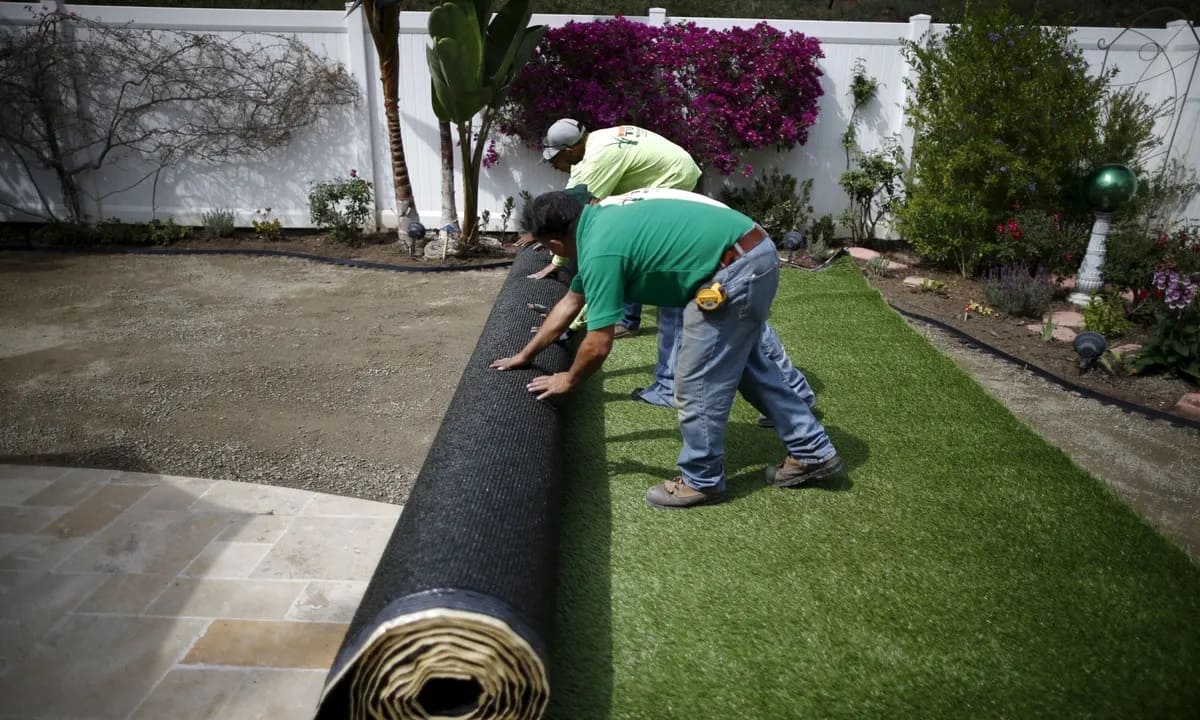

Garden Essentials
How Long Does Fake Grass Last In Arizona
Modified: March 7, 2024
Discover the lifespan of fake grass in Arizona gardens. Learn how long artificial turf can last and make the most of your outdoor space.
(Many of the links in this article redirect to a specific reviewed product. Your purchase of these products through affiliate links helps to generate commission for Storables.com, at no extra cost. Learn more)
Introduction
Welcome to the lush world of fake grass in Arizona! If you’re considering transforming your outdoor space into a low-maintenance oasis, artificial turf might be the perfect solution. Not only does it provide a beautiful and evergreen lawn, but it also saves you time, money, and water in the scorching Arizona heat.
Artificial grass has gained popularity in recent years due to its numerous advantages over natural grass. Whether you live in the desert regions of Phoenix or Tucson, having fake grass can significantly enhance the beauty and functionality of your outdoor space.
In this article, we will explore the benefits of using fake grass in Arizona, factors that can affect its lifespan, average longevity, maintenance tips for extending its lifespan, common issues that may arise, and when it’s time to consider replacing your artificial turf.
So grab a refreshing beverage and let’s dive into the world of fake grass in Arizona!
Key Takeaways:
- Enjoy a low-maintenance oasis with fake grass in Arizona, lasting 15-25 years with proper care. Say goodbye to watering, mowing, and pests while enhancing your outdoor space’s beauty and functionality.
- Keep your fake grass vibrant by addressing spills, removing pet waste, and regular cleaning. Look out for signs of wear and tear, and consider replacement if necessary to maintain a lush, functional lawn.
Read more: How Long Does Fake Grass Last
Benefits of Fake Grass in Arizona
Artificial grass offers a range of benefits that make it an attractive choice for homeowners in Arizona. Here are some of the key advantages:
- Water Conservation: One of the most significant benefits of fake grass in Arizona is its ability to save water. With the arid climate and limited water resources in the state, maintaining a natural grass lawn can be expensive and environmentally unsustainable. Artificial turf eliminates the need for watering, helping you conserve water and reduce your utility bills.
- Low Maintenance: Maintaining a natural grass lawn in Arizona can be a time-consuming and labor-intensive task. Regular mowing, fertilizing, and watering are necessary to keep the grass healthy and presentable. With fake grass, you can say goodbye to these tedious chores. Artificial turf requires minimal maintenance, saving you time and effort. Simply brush the fibers occasionally to keep them upright and remove any debris.
- Durable and Long-Lasting: Arizona’s intense heat and sunshine can take a toll on natural grass, causing it to wither and brown. Artificial grass, on the other hand, is built to withstand harsh weather conditions. It is designed to retain its vibrant color and structural integrity for many years, making it a durable and long-lasting option. This means you can enjoy a lush-looking lawn all year round without the worry of it drying out or dying.
- Pest and Weed Control: Maintaining a natural grass lawn in Arizona means dealing with pests, such as ants, ticks, and mosquitoes, as well as invasive weeds. These issues can be a nuisance and even pose health risks. With fake grass, you can say goodbye to these problems. Artificial turf provides a pest-free and weed-free environment, allowing you to enjoy your yard without the hassle of constant pest control and weed removal.
- Enhanced Aesthetics: Fake grass offers a consistently green and well-maintained appearance. It provides a lush and manicured look to your outdoor space, enhancing its aesthetics and curb appeal. Whether you have a small backyard, a large garden, or a rooftop terrace, artificial grass can instantly transform the area into a visually appealing oasis.
By opting for fake grass in Arizona, you can enjoy all these benefits while minimizing your environmental impact and maximizing your outdoor leisure time. It’s a win-win situation for both you and the planet!
Factors Affecting the Lifespan of Fake Grass
The lifespan of fake grass can vary depending on several factors. Understanding these factors can help you maximize the longevity of your artificial turf. Here are the key factors that can influence the lifespan of fake grass:
- Quality of Materials: The quality of the materials used in the manufacturing of fake grass plays a significant role in its durability. High-quality artificial turf is made from durable fibers that can withstand heavy foot traffic, UV rays, and extreme weather conditions. Investing in a reputable and trusted brand ensures that you’re getting a product that is designed to last.
- Installation: The installation process of fake grass is crucial for its long-term performance. Improper installation can lead to issues such as uneven surface, poor drainage, or premature wear and tear. It’s essential to hire a professional installer who has experience working with artificial turf to ensure that it is installed correctly.
- Usage and Foot Traffic: The amount of foot traffic your fake grass receives can impact its lifespan. Areas with high foot traffic such as play areas, sports fields, or walkways will experience more wear and tear compared to less frequently used areas. Taking preventive measures like using walkways or installing stepping stones can help distribute the weight and reduce concentrated pressure on specific areas.
- Maintenance: Proper maintenance is essential for preserving the lifespan of fake grass. Regularly cleaning and removing debris, leaves, and pet waste will prevent them from accumulating and causing damage. Additionally, brushing the fibers periodically with a stiff broom or a power brush helps keep them upright, preventing matting and maintaining the overall look of the turf.
- Climate and Weather Conditions: Arizona’s intense heat and sunlight can affect the lifespan of fake grass. While artificial turf is designed to be UV-resistant, prolonged exposure to extreme heat and direct sunlight can cause fading and deterioration over time. However, high-quality artificial grass is typically engineered to withstand these conditions and retain its color and integrity for many years.
By considering these factors and implementing proper maintenance practices, you can ensure that your fake grass in Arizona lasts for an extended period, providing you with a beautiful and functional outdoor space for years to come.
Average Lifespan of Fake Grass in Arizona
The average lifespan of fake grass in Arizona can vary depending on various factors, including the quality of materials, installation, usage, maintenance, and climate. However, with proper care and maintenance, you can expect your artificial turf to last anywhere from 15 to 25 years.
It’s important to note that this is a rough estimate, and the actual lifespan can vary based on the specific circumstances and conditions. Different brands and manufacturers may offer different warranties and guarantees for their products, so it’s always recommended to check with the manufacturer for specific details.
One of the primary factors that can affect the lifespan of fake grass in Arizona is the intense heat and sunlight. The high temperatures and long hours of sun exposure can cause the fibers of the artificial turf to degrade over time. However, modern synthetic grass is designed to be UV resistant and withstand these conditions to a certain extent.
Choosing high-quality artificial turf made from durable materials is essential for ensuring a longer lifespan. Look for products that have been specifically designed to withstand the Arizona climate. These products are often engineered with UV stabilizers and other protective coatings that enhance their resistance to fading and deterioration.
Proper installation is also critical for maximizing the lifespan of fake grass. Hiring a professional installer who has experience working with artificial turf can ensure that the turf is properly laid, with the correct base and adequate drainage. This will help prevent issues such as uneven surface, poor drainage, and premature wear and tear.
Regular maintenance is key to extending the lifespan of your fake grass. Keep the surface clean by removing debris, leaves, and pet waste regularly. This prevents them from accumulating and causing damage to the turf. Additionally, regular brushing with a stiff broom or a power brush helps prevent matting and keeps the fibers upright, maintaining the overall appearance and functionality of the turf.
While artificial turf can provide many years of enjoyment and beauty to your outdoor space, it’s important to keep an eye on the condition of the turf and address any signs of deterioration or damage promptly. If you notice significant fading, visible wear and tear, or drainage issues, it may be time to consider replacing the fake grass to maintain a visually pleasing and functional lawn.
By investing in high-quality materials, ensuring proper installation, and practicing regular maintenance, you can maximize the lifespan of your fake grass in Arizona and enjoy its benefits for many years to come.
Fake grass can last up to 15-20 years in Arizona if properly maintained. Regular cleaning, brushing, and avoiding heavy foot traffic can help extend its lifespan.
Maintenance and Care Tips for Extending the Lifespan of Fake Grass
Maintaining your fake grass properly is essential for maximizing its lifespan and keeping it in pristine condition. Here are some maintenance and care tips to help you extend the longevity of your artificial turf:
- Regular Cleaning: Keep your fake grass clean by removing debris, leaves, and other organic materials regularly. Use a leaf blower, a broom with stiff bristles, or a plastic rake to gently sweep away any accumulated debris. This prevents the build-up of organic matter, which can lead to stains and damage the fibers of the turf.
- Address Spills and Stains Promptly: If you notice any spills or stains on your fake grass, act quickly to prevent them from setting in. Blot liquids with a clean cloth or paper towels, and use a mild detergent mixed with water to clean the affected area. Avoid using harsh chemicals or abrasive cleaners, as they can damage the turf.
- Remove Pet Waste: If you have pets, promptly remove any pet waste from your fake grass. Solid waste should be picked up and disposed of properly, while urine can be flushed away with water. For stubborn odors, use an enzyme-based cleaner specifically designed for artificial turf.
- Brush the Fibers: Regularly brushing the fibers of your artificial turf helps to keep them upright and prevent matting. Use a stiff broom or a power brush to gently brush the grass in different directions. This distributes the infill and ensures a more natural appearance of the turf. Avoid using metal-bristled brushes, as they can damage the fibers.
- Inspect for Damage: Periodically inspect your fake grass for any signs of damage. Look for areas with visible wear and tear, loose seams, or issues with drainage. If you notice any problems, address them promptly to prevent further damage and ensure the longevity of your artificial turf.
- Prevent Heavy Furniture and Objects: Avoid placing heavy furniture or objects directly on your fake grass, as they can cause indentations and damage to the fibers. Use furniture pads or place them on a protective mat to distribute the weight and minimize potential damage.
- Avoid Open Flames: Keep open flames, such as fireworks, candles, and cigarettes, away from your artificial turf as they can cause melting or burning. Be cautious when using grills or fire pits near the turf and use protective mats or take other precautions as necessary.
By following these maintenance and care tips, you can ensure that your fake grass in Arizona remains in top condition and retains its beauty for a longer period. Taking care of your artificial turf not only extends its lifespan but also allows you to enjoy a vibrant, low-maintenance lawn year-round.
Read more: How Long Does Fake Grass Last?
Common Issues and Signs of Deterioration in Fake Grass
While fake grass is designed to be durable and long-lasting, it may encounter certain issues over time, especially if not properly maintained. Here are some common issues and signs of deterioration to look out for:
- Fading: Continuous exposure to Arizona’s intense sunlight can cause the color of fake grass to fade over time. If you notice significant fading and a loss of vibrancy in your turf, it may be an indication that the UV protection has worn off, and the fibers are becoming more susceptible to damage.
- Matting: Frequent foot traffic or heavy objects placed on artificial turf can lead to matting, where the fibers become flattened and compressed. This can give your grass a worn and unnatural appearance. Regular brushing helps prevent matting and keeps the fibers upright.
- Wear and Tear: High foot traffic areas, such as walkways or play areas, may show signs of wear and tear over time. Excessive use and friction can cause the fibers to wear down and become thin or frayed. This can affect both the appearance and functionality of the turf.
- Drainage Issues: Proper drainage is crucial for artificial turf to prevent water from pooling or not draining effectively. Over time, the drainage system may become clogged with debris or compacted, leading to poor drainage. This can result in a waterlogged or soggy lawn after rain or irrigation.
- Tears or Rips: Accidental damage or improper installation can cause tears or rips in the fake grass. This can occur when sharp objects are dragged across the turf or if the seams of the turf are not properly secured. It’s important to address any tears or rips promptly to prevent further damage and maintain the integrity of the turf.
- Infill Breakdown: Artificial turf is typically filled with infill materials to enhance stability and provide cushioning. Over time, the infill may break down or become compacted, resulting in a less resilient and comfortable surface. Adding additional infill or fluffing up existing infill can help restore the performance of the turf.
- Unpleasant Odors: If proper maintenance practices are not followed, fake grass may develop unpleasant odors due to microbial growth or pet waste. Regular removal of organic matter and proper cleaning protocols can help prevent bad odors and maintain a fresh-smelling lawn.
If you notice any of these issues with your fake grass, it’s important to address them promptly to prevent further deterioration. Depending on the severity of the problem, solutions may range from simple maintenance tasks, such as brushing or cleaning, to more extensive repairs or replacement of damaged sections.
Regular inspection and proper maintenance can help identify and address these issues early on, ensuring that your artificial turf remains in good condition and continues to provide you with a beautiful and functional outdoor space for years to come.
When to Replace Fake Grass in Arizona
Fake grass is known for its durability and long lifespan, but there may come a time when replacing it becomes necessary. Here are some factors to consider when determining when to replace your fake grass in Arizona:
- Significant Wear and Tear: Over time, heavy foot traffic and usage can cause fake grass to show signs of wear and tear. If your artificial turf has extensive bald patches, frayed or thinning fibers, and no longer provides a visually appealing and uniform surface, it may be time to consider replacement.
- Irreparable Damage: Accidental damage, such as tears, rips, or burns, can occur on artificial turf and may compromise its appearance and functionality. If the damage is extensive and cannot be repaired effectively, replacement may be necessary to restore the quality of your lawn.
- Fading and Discoloration: Continuous exposure to the sun’s UV rays can cause fake grass to fade and lose its vibrancy over time. If your artificial turf has significant and widespread color fading, and it no longer matches the original appearance, replacing it can rejuvenate the overall look of your outdoor space.
- Deterioration of Drainage: Proper drainage is crucial for artificial turf. If you notice persistent waterlogging, poor absorption, or slow drainage, it may indicate an issue with the drainage system. In such cases, replacing the fake grass can ensure proper drainage and prevent further damage to the underlying soil and foundation.
- Outdated Technology: As technology advances, so does the quality of artificial turf. If your existing fake grass is several years old and does not benefit from the latest advancements in the industry, upgrading to newer generations of synthetic turf can provide improved durability, UV resistance, and aesthetics.
- Changes in Landscape Needs: If you have made significant changes to your outdoor space, such as adding a swimming pool, expanding the patio area, or redesigning the landscaping, you may need to replace your fake grass to accommodate these changes. This ensures a cohesive and visually pleasing overall design for your outdoor environment.
Ultimately, the decision to replace fake grass in Arizona depends on the extent of the damage, the desired aesthetic appeal, and the functionality you seek. If your artificial turf is showing significant signs of wear, damage, or has reached the end of its expected lifespan, investing in new high-quality fake grass can revitalize your outdoor space and provide you with a fresh, vibrant, and low-maintenance lawn once again.
It’s always recommended to consult with a professional artificial turf installer or supplier for an assessment of your specific situation and expert advice on the best course of action.
Conclusion
Fake grass in Arizona offers a plethora of benefits, from water conservation and low maintenance to enhanced aesthetics and durability. It provides a beautiful, green oasis in the midst of the desert landscape, transforming your outdoor space into a functional and visually pleasing area for relaxation, play, and entertaining.
Understanding the factors that can affect the lifespan of fake grass, such as the quality of materials, installation, usage, maintenance, and climate, is essential for maximizing its longevity. With proper care and regular maintenance, you can expect your artificial turf to last for 15 to 25 years or even longer.
Regular cleaning, prompt addressing of spills and stains, removal of pet waste, and periodic brushing of the fibers are crucial for preserving the appearance and functionality of your fake grass. Additionally, keeping an eye out for common signs of deterioration, such as fading, matting, wear and tear, drainage issues, tears or rips, infill breakdown, and unpleasant odors, allows you to address potential issues before they worsen.
While fake grass in Arizona is designed to withstand the harsh sun and extreme weather conditions, there may come a time when replacement is necessary. Significant wear and tear, irreparable damage, extensive fading or discoloration, deterioration of drainage, outdated technology, and changes in your landscape needs are all valid reasons to consider replacing your artificial turf.
By investing in high-quality materials, following proper installation techniques, and practicing regular maintenance, you can extend the lifespan of your fake grass and enjoy its benefits for many years to come. Consultation with professionals in the industry can provide further guidance on specific products, maintenance tips, and replacement options.
So, whether you’re enjoying the beauty of Phoenix, the vibrancy of Tucson, or any other city in Arizona, fake grass can be a game-changer for your outdoor space. Embrace the low-maintenance and eco-friendly benefits of artificial turf, and create a visually stunning and sustainable landscape that will be the envy of your neighbors.
Make the switch to fake grass in Arizona today, and bask in the luxurious green of your evergreen lawn for years to come!
Frequently Asked Questions about How Long Does Fake Grass Last In Arizona
Was this page helpful?
At Storables.com, we guarantee accurate and reliable information. Our content, validated by Expert Board Contributors, is crafted following stringent Editorial Policies. We're committed to providing you with well-researched, expert-backed insights for all your informational needs.
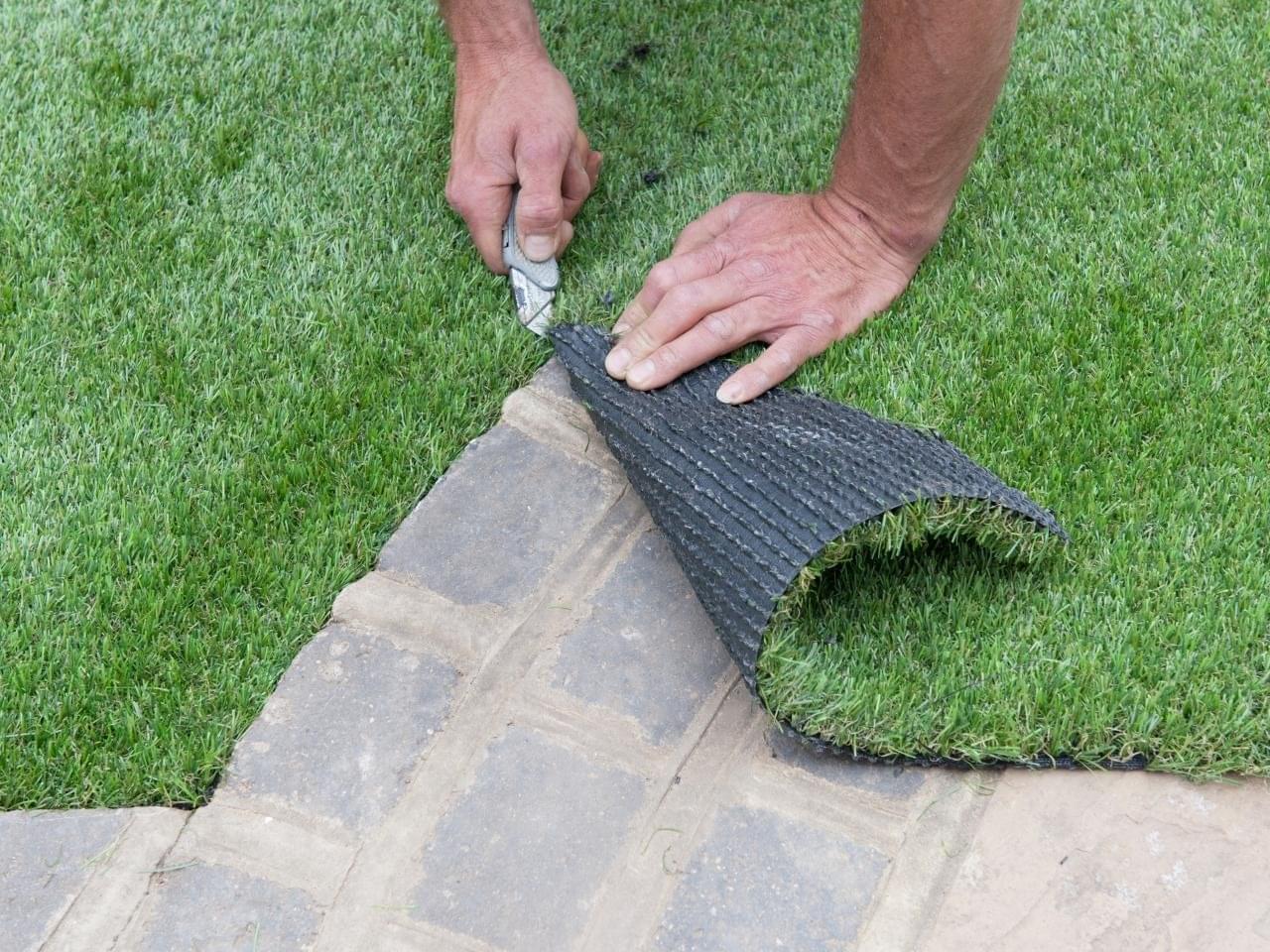
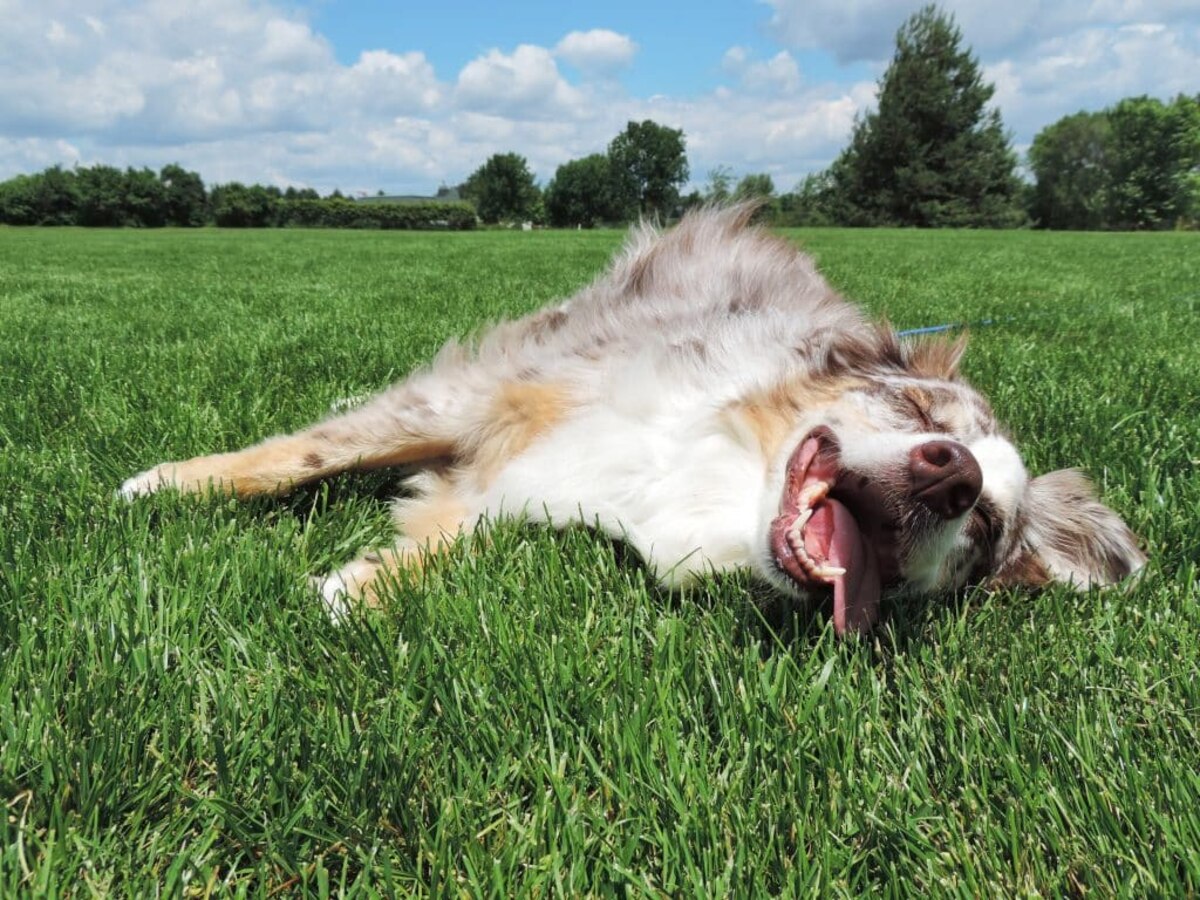
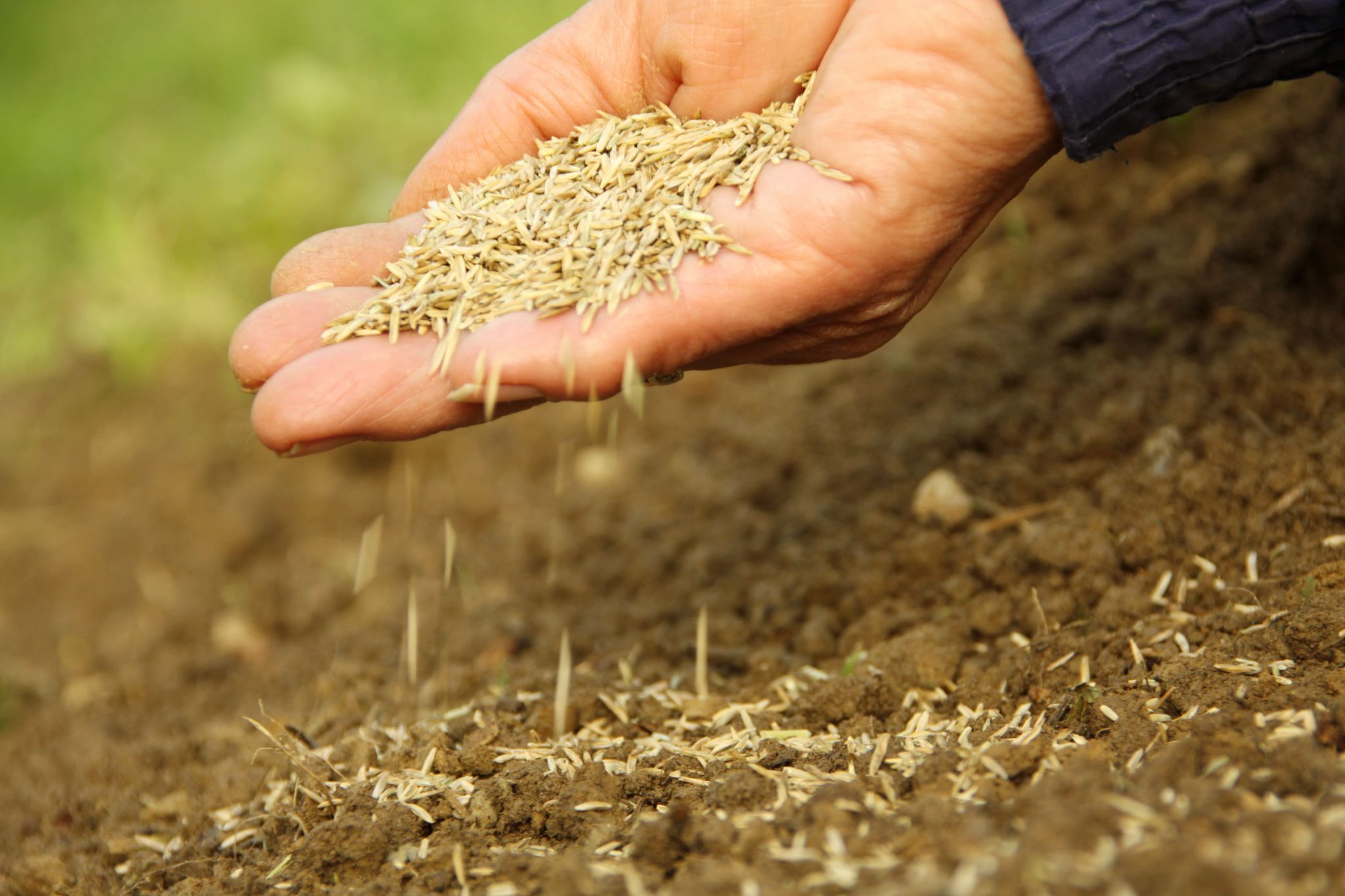
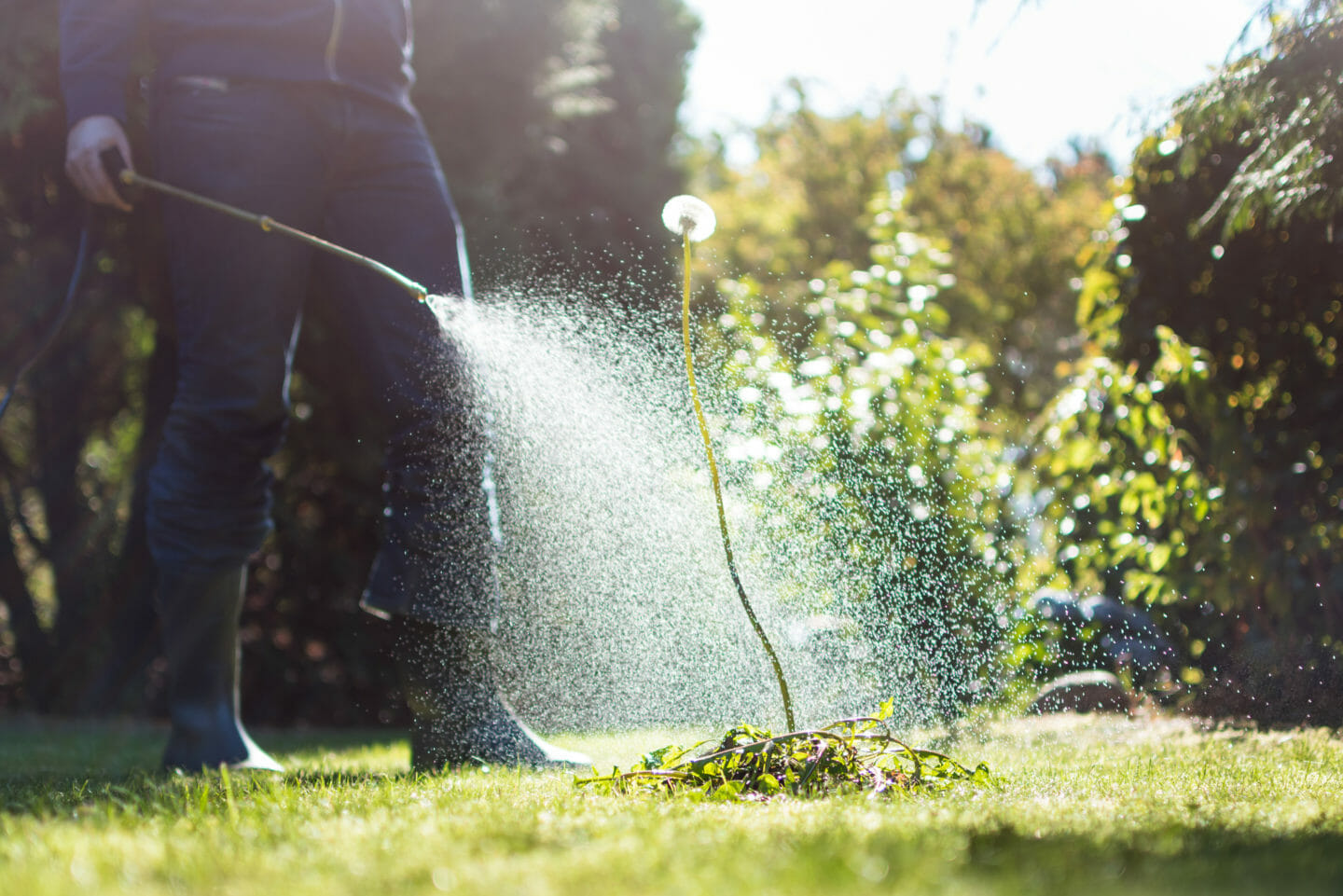
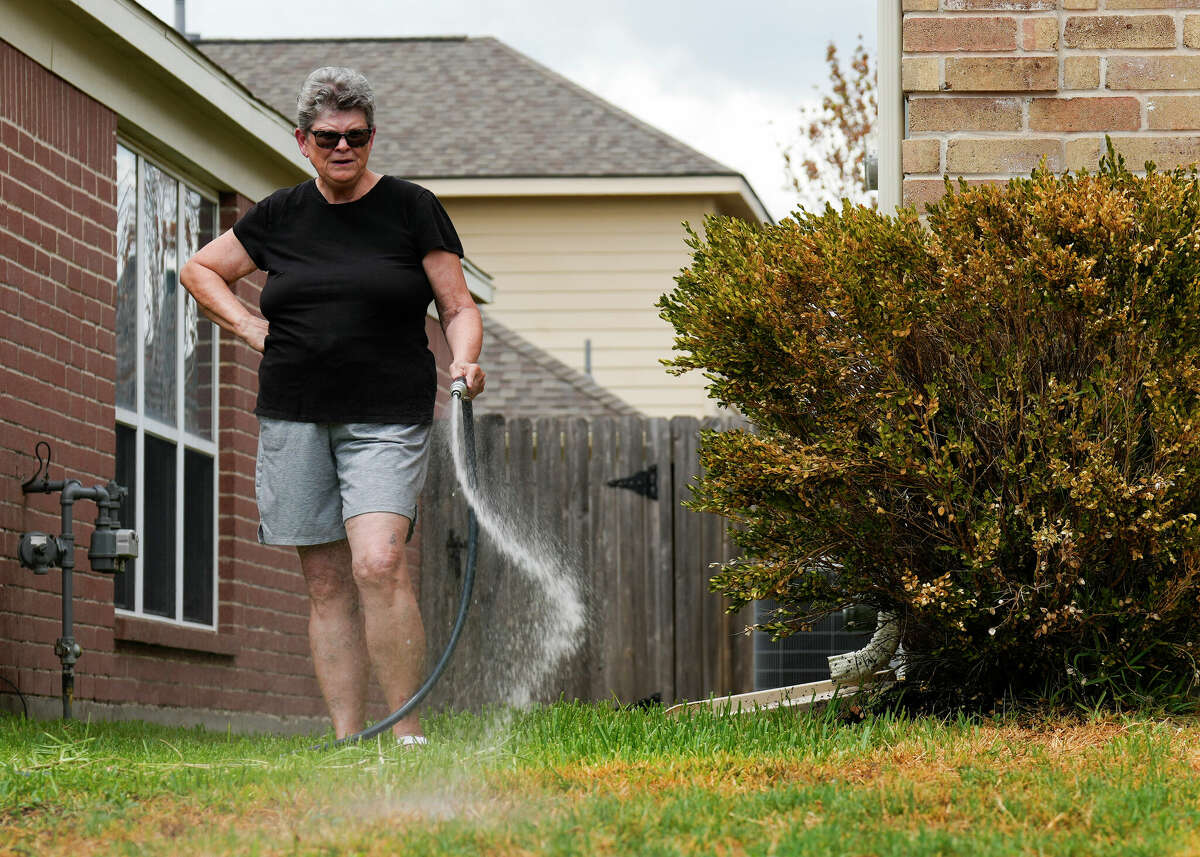
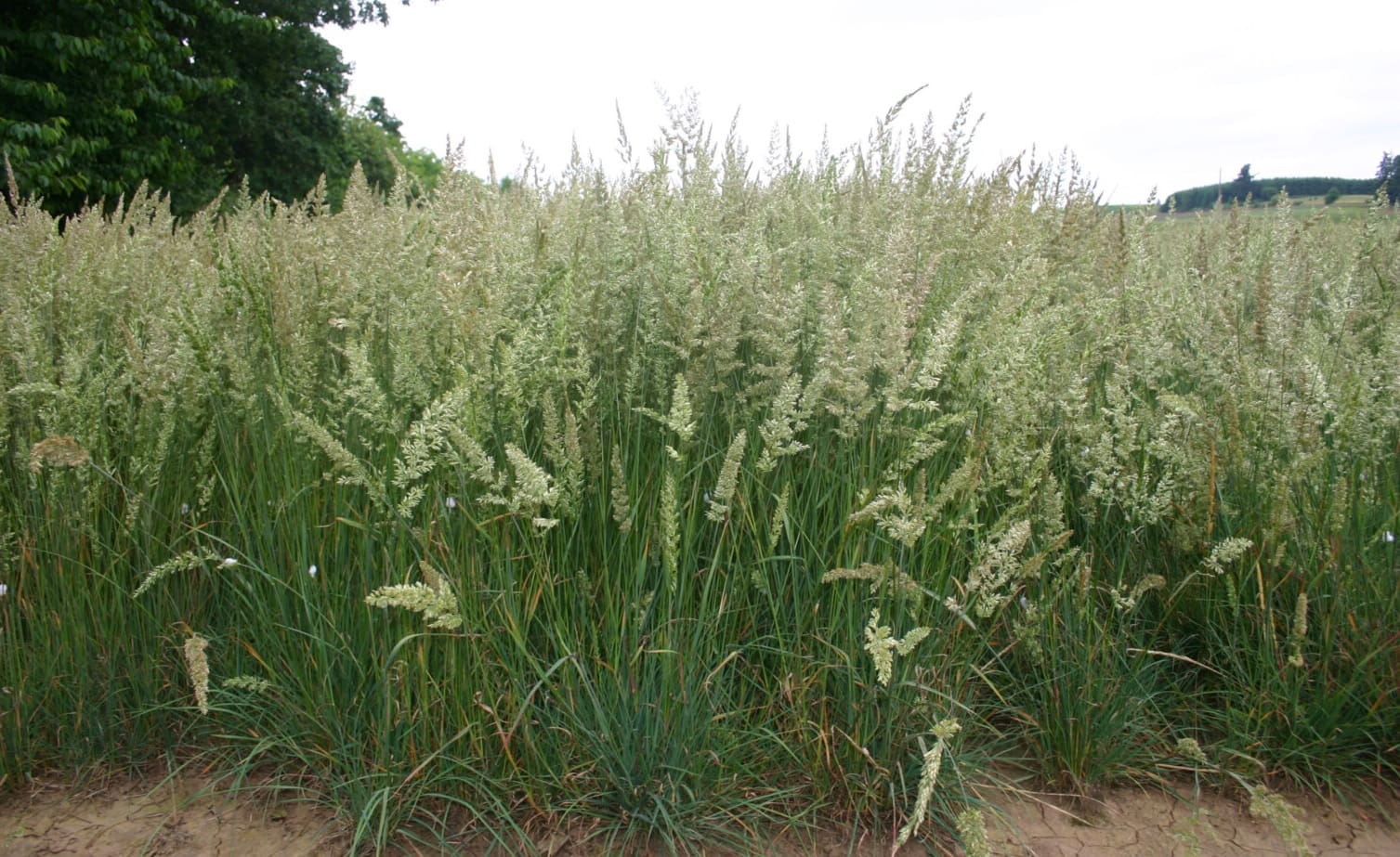
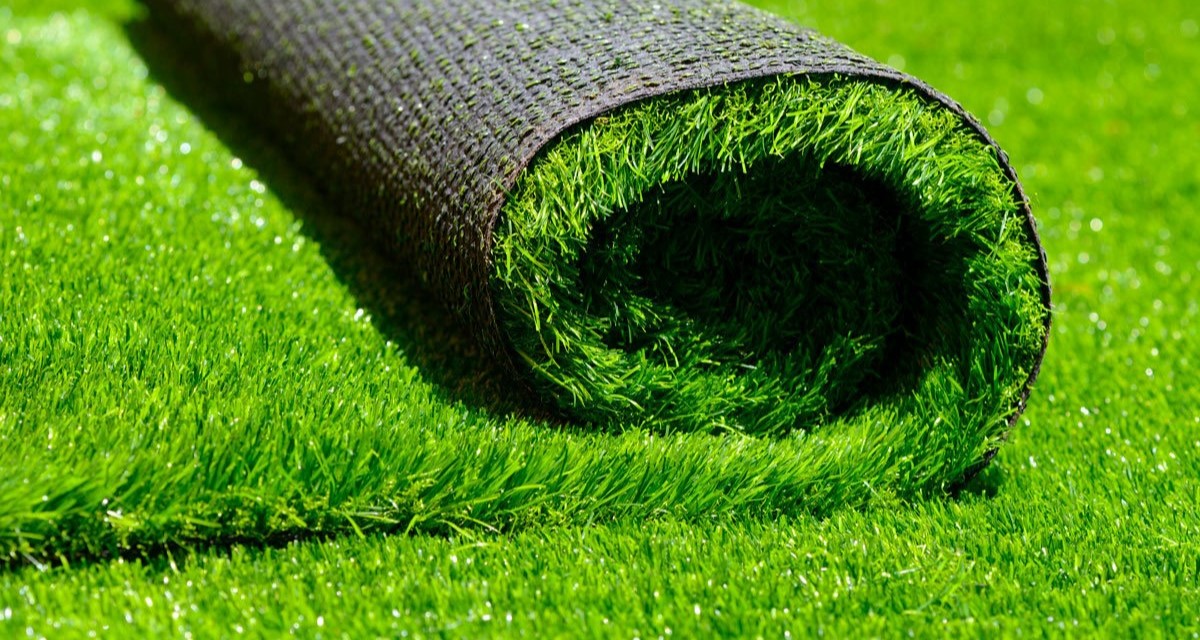
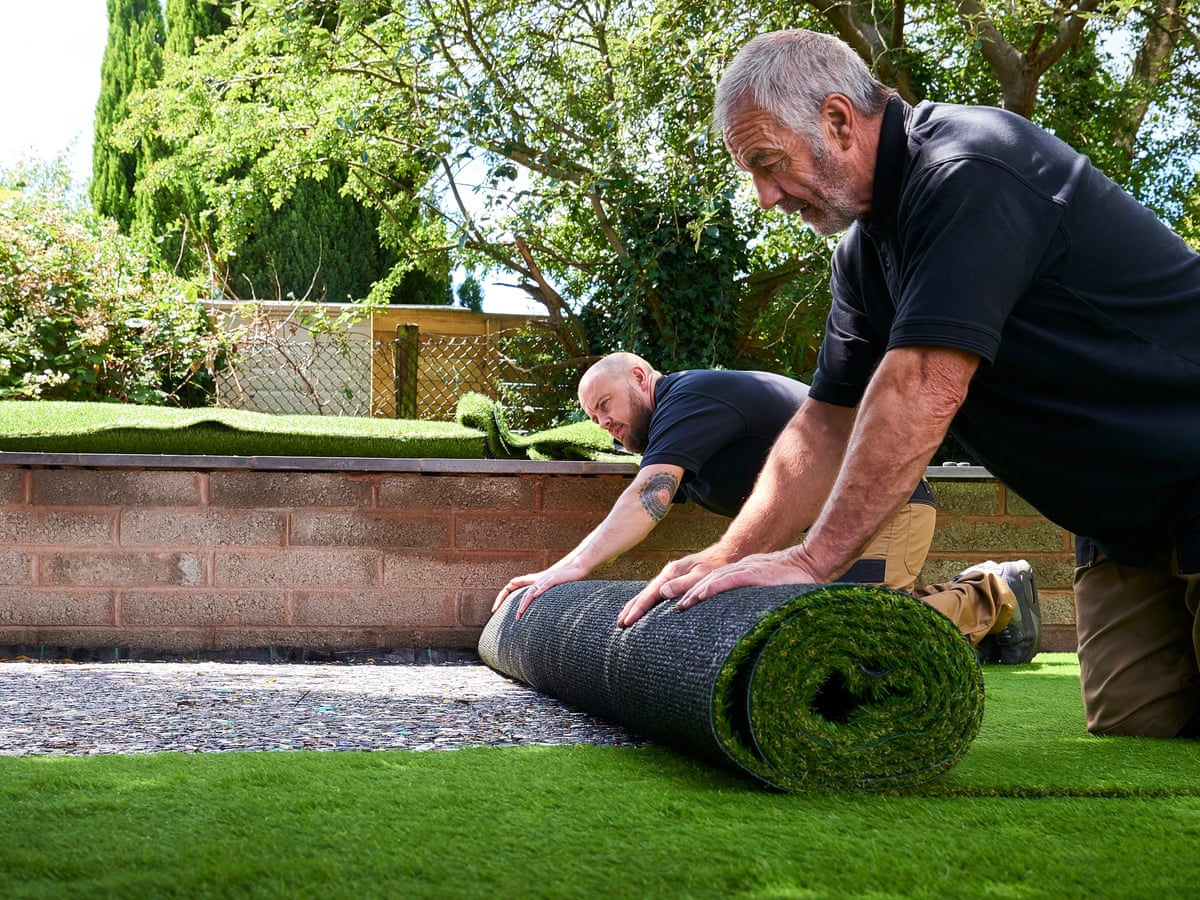
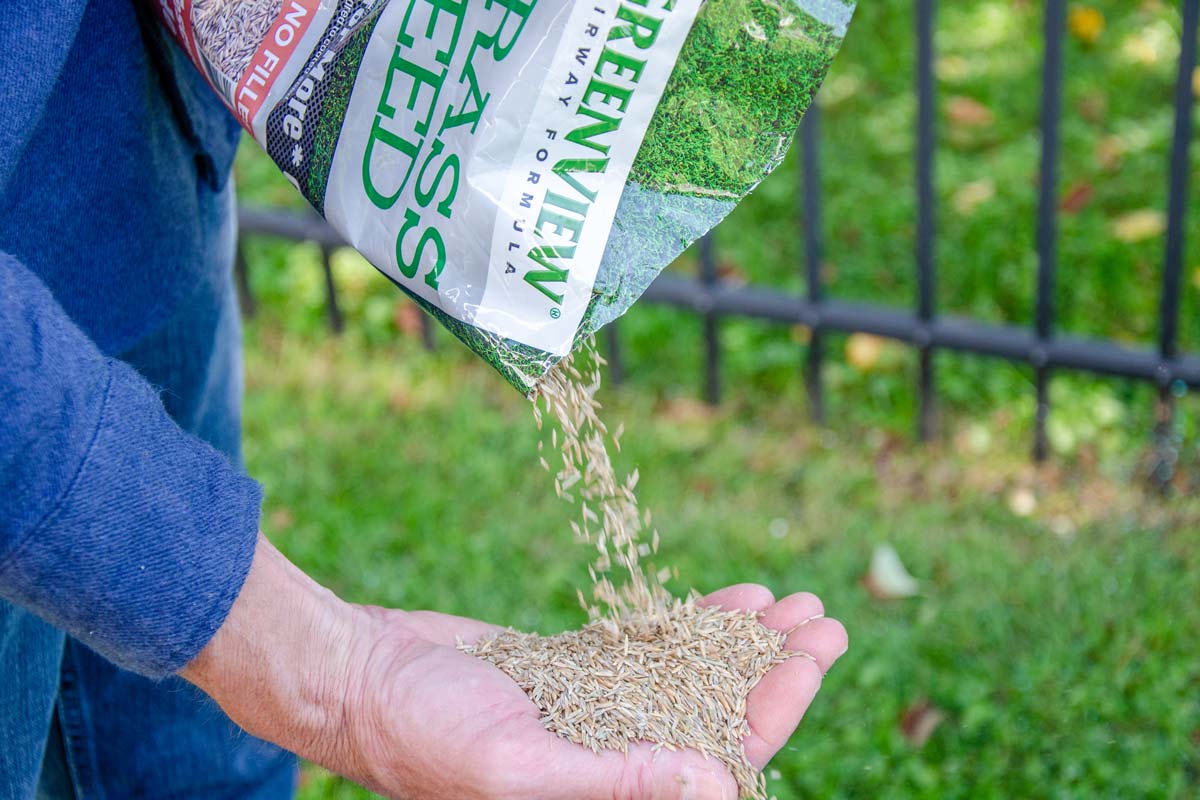
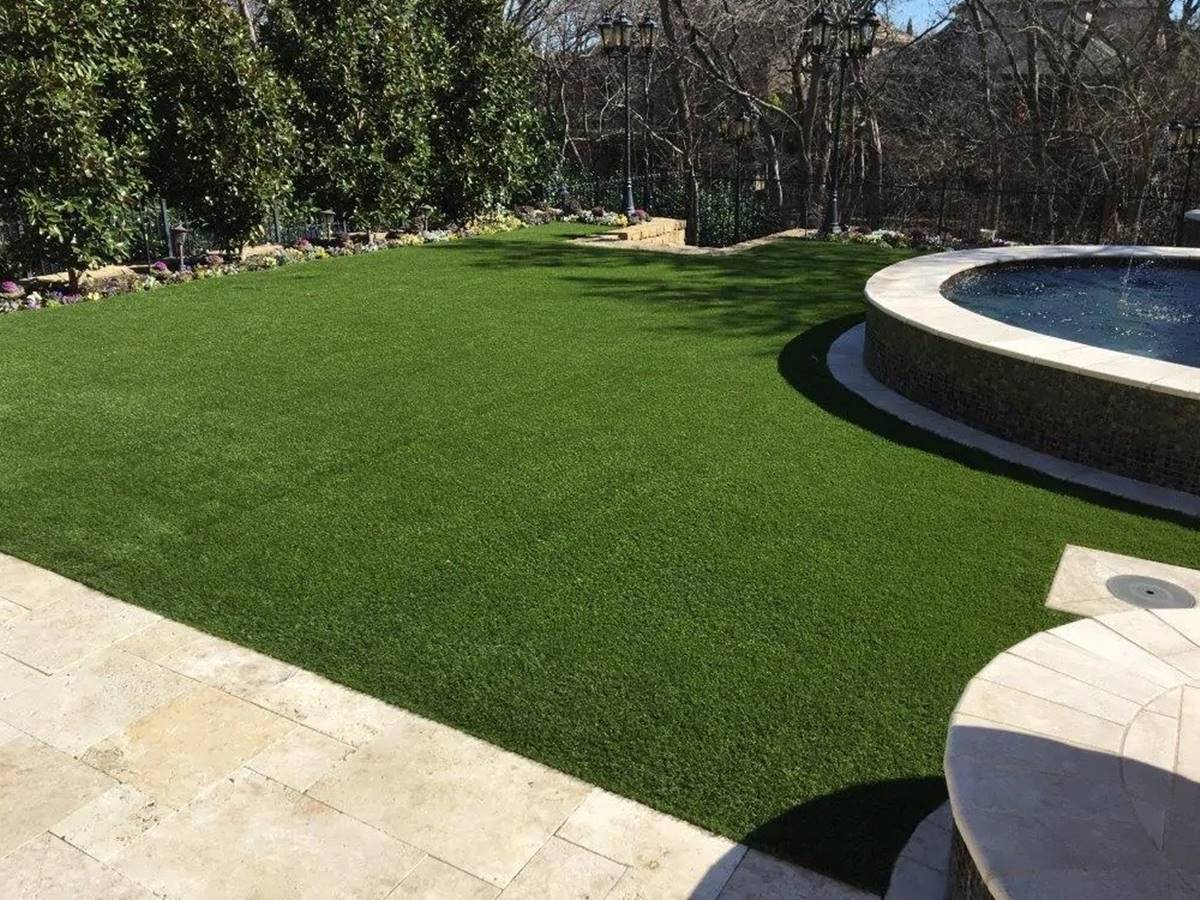
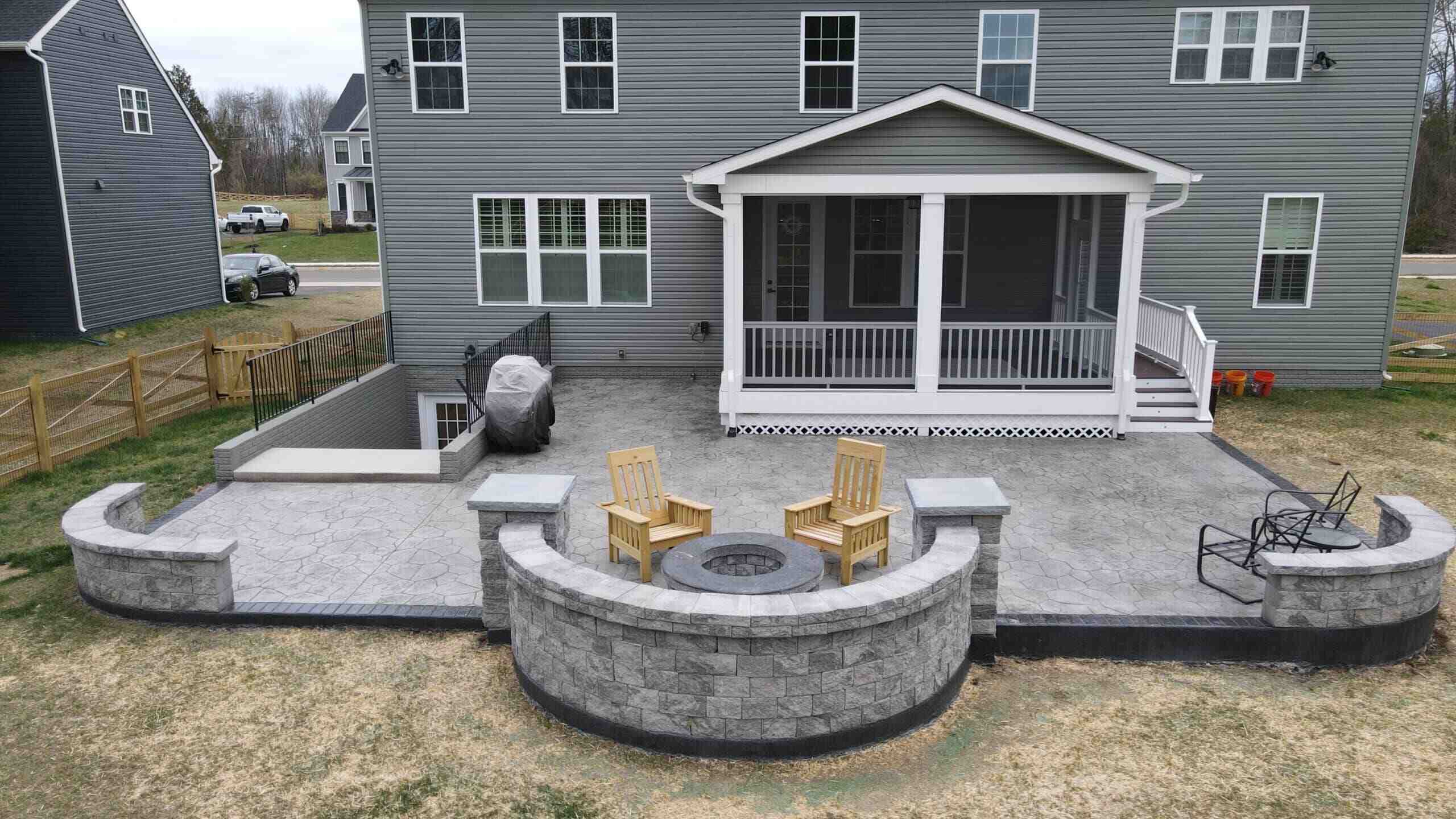
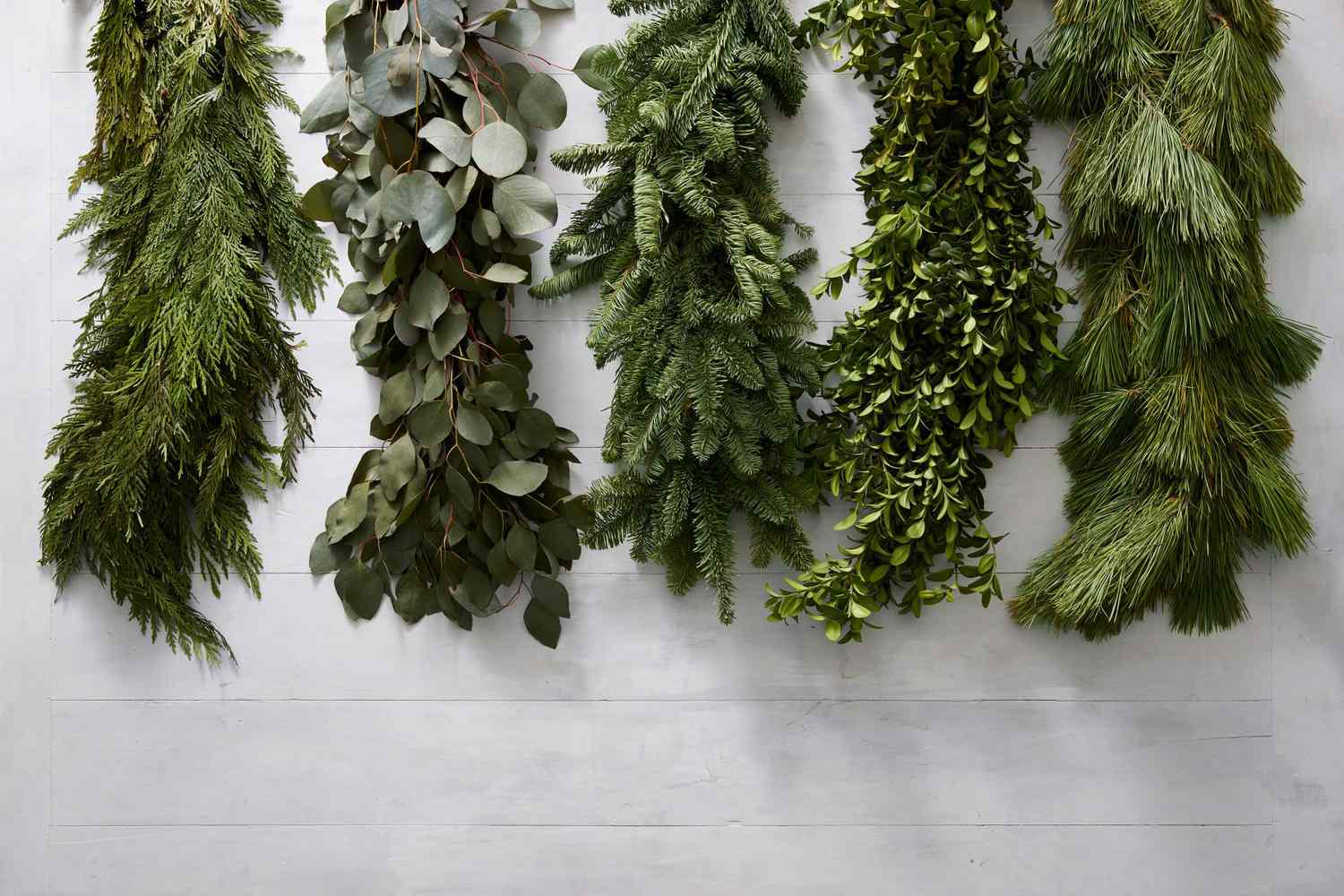
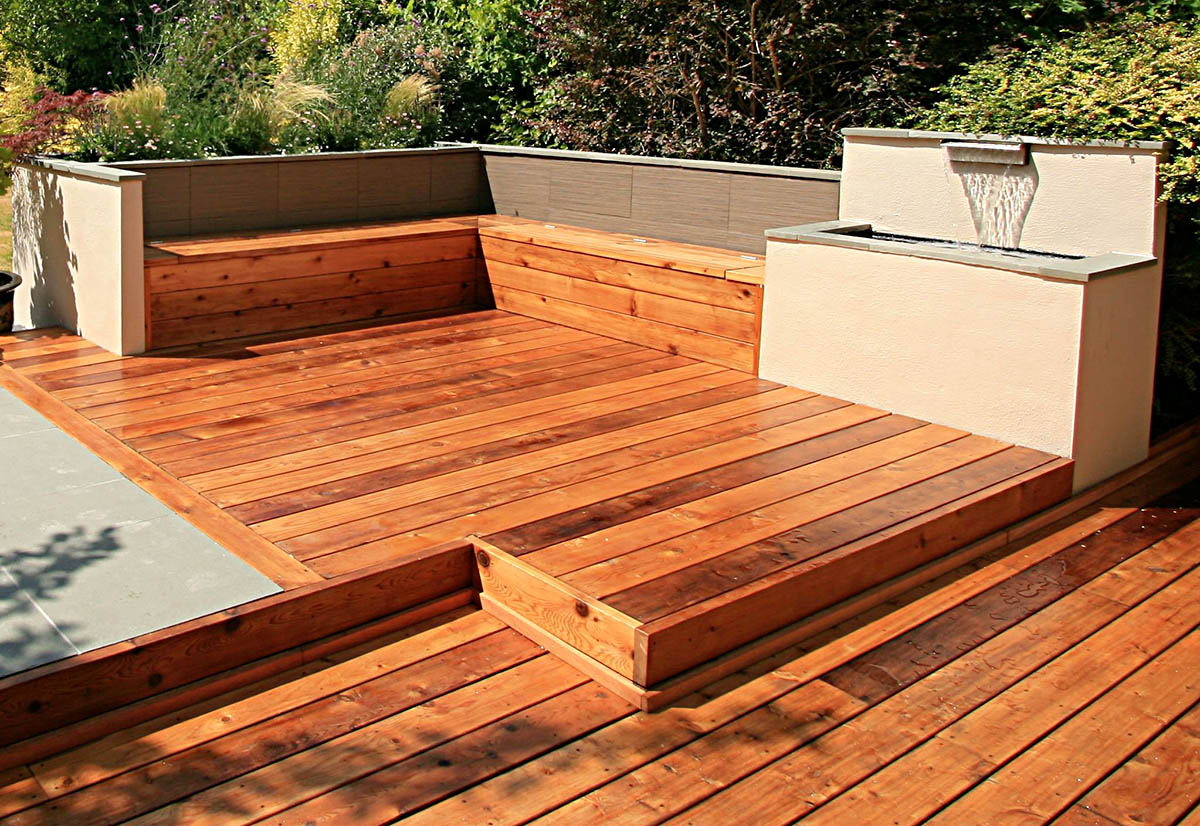
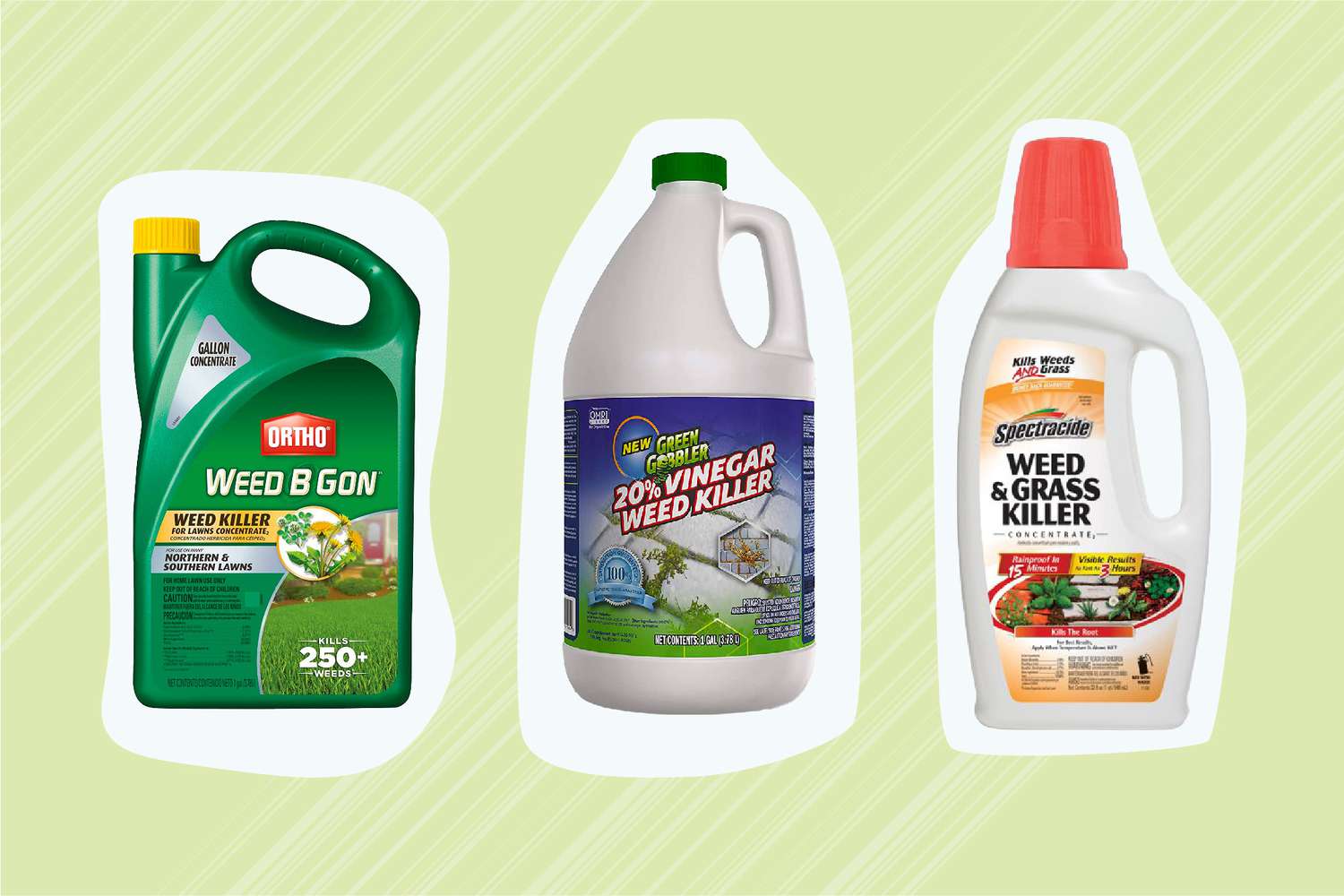

0 thoughts on “How Long Does Fake Grass Last In Arizona”